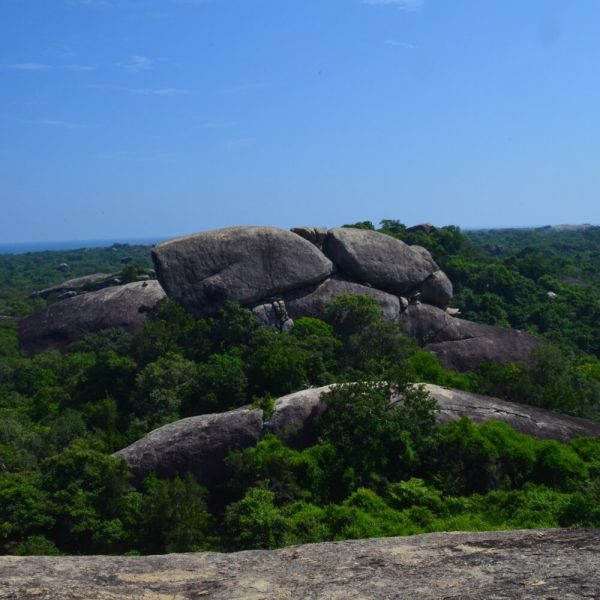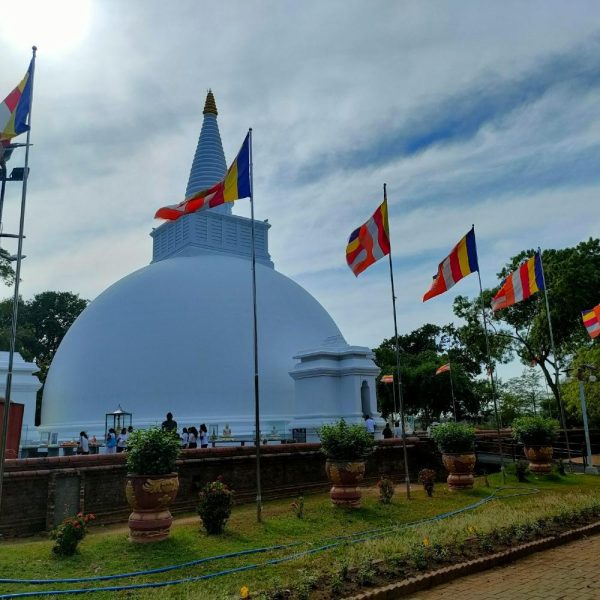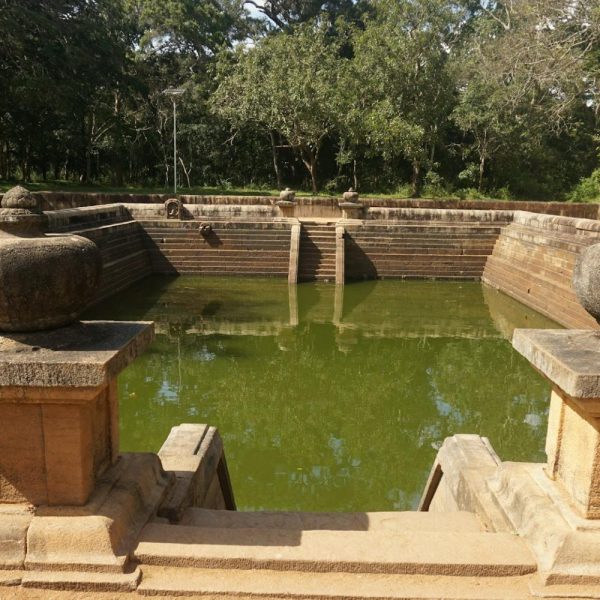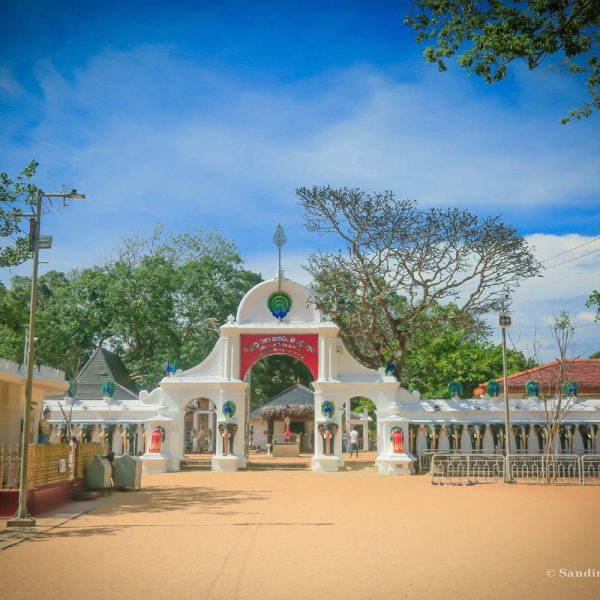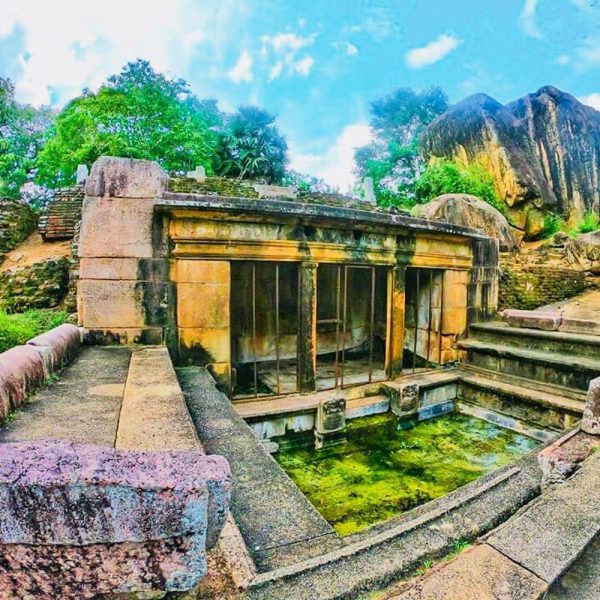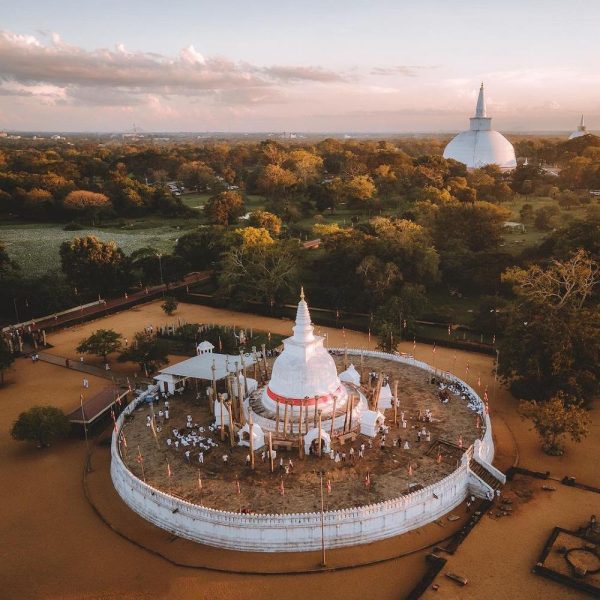Description
Mirisavetiya, also known as Mirisawetiya or Mirisawetiya Dagaba, is a historic Buddhist stupa (dagaba) located in the ancient city of Anuradhapura, Sri Lanka. It is one of the prominent landmarks in the sacred city and holds cultural and religious significance.
Key features and points of interest related to Mirisavetiya include:
- Construction: Mirisavetiya was built by King Dutugemunu in the 2nd century BCE. The construction of the stupa is associated with a significant event in Sri Lankan history—the king’s victory over the Chola invaders.
- Architectural Style: Mirisavetiya follows the traditional bell-shaped stupa design common in Sri Lankan Buddhist architecture. The stupa is constructed with bricks and features a hemispherical dome.
- Religious Significance: The stupa is considered a sacred site for Buddhists and is believed to enshrine relics of the Buddha. It is a place of worship and pilgrimage for Buddhists who visit to offer prayers and make offerings.
- Surrounding Monastic Complex: Mirisavetiya is part of a larger monastic complex, which includes remnants of monastic cells, walkways, and other archaeological features. The site provides insights into the layout of ancient Buddhist monasteries.
- Mirisaveti Stupa Inscription: An inscription found near the stupa describes the construction of Mirisavetiya and the events surrounding it. It provides valuable historical information about King Dutugemunu’s reign and his efforts to protect Buddhism in Sri Lanka.
- Guard Stones: The entrance to Mirisavetiya is marked by guard stones—carved stone slabs featuring protective figures. These guard stones are typical elements found at ancient Sri Lankan Buddhist sites.
- Conservation Efforts: Over the years, Mirisavetiya has undergone restoration and conservation efforts to preserve its historical and cultural value. The site is now a protected archaeological monument.
- Annual Perahera: Mirisavetiya hosts an annual perahera (procession) during which religious ceremonies and cultural events take place. This festive occasion attracts devotees, pilgrims, and spectators.



















